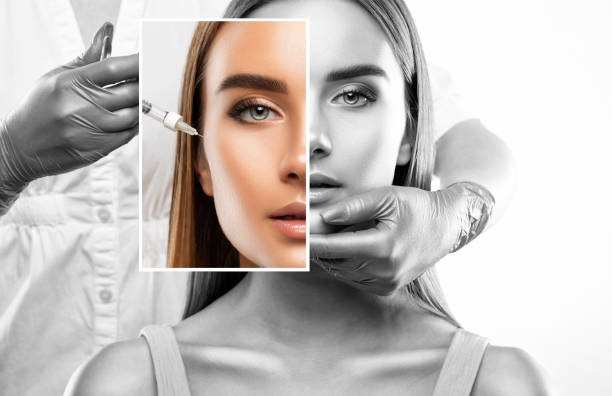Drinking water is essential for overall health and can indirectly help with the effectiveness of fillers. Hydration can improve skin health and elasticity, which may contribute to a more natural and long-lasting appearance of fillers. However, directly affecting the volume or duration of fillers through hydration alone is unlikely. It’s always best to consult with a qualified healthcare professional for personalized advice regarding fillers and overall skincare.
How can I make fillers absorb faster?
Fillers typically take some time to settle and integrate with the surrounding tissues after injection. While there’s no guaranteed way to speed up this process, there are some general tips to help promote faster absorption and minimize swelling:
- Stay hydrated: Drinking plenty of water helps maintain skin hydration and overall health, which can support the healing process.
- Avoid strenuous activities: Excessive physical activity or vigorous exercise can increase blood flow and potentially cause more swelling. It’s best to avoid intense workouts immediately after getting fillers.
- Apply cold compresses: Using ice packs or cold compresses on the treated area can help reduce swelling and inflammation, speeding up the absorption process.
- Elevate the treated area: Keeping the treated area elevated can also help reduce swelling by promoting better drainage of fluids.
- Follow post-treatment instructions: Your healthcare provider will provide specific post-treatment instructions tailored to your needs. Following these instructions carefully can help optimize your results and minimize complications.
- Avoid alcohol and blood-thinning medications: Alcohol and certain medications like aspirin and ibuprofen can increase the risk of bruising and swelling. It’s best to avoid them for a few days before and after getting fillers.
- Be patient: While it’s natural to want immediate results, it’s essential to give your body time to heal and allow the fillers to settle properly. Results will gradually improve over the following days and weeks.
Always consult with your healthcare provider for personalized advice and guidance on post-filler care. They can provide recommendations based on your individual needs and treatment plan.

How do you reduce the effects of fillers?
If you’re looking to reduce the effects of fillers, it’s essential to consult with a qualified healthcare professional, preferably the one who administered the fillers initially. Here are some general approaches that may be considered:
- Hyaluronidase injection: For hyaluronic acid fillers, such as Juvederm or Restylane, hyaluronidase can be injected to dissolve the filler. This enzyme breaks down hyaluronic acid, allowing the body to absorb it more quickly.
- Massage: Gentle massage of the treated area may help distribute the filler more evenly or encourage faster absorption, especially in cases of lumpiness or asymmetry.
- Cold compresses: Applying cold compresses to the treated area can help reduce swelling and inflammation, potentially minimizing the appearance of overfilled or swollen areas.
- Time: In many cases, the effects of fillers will naturally diminish over time as the body metabolizes the filler material. Patience is often key, especially if you’re not experiencing any serious complications.
- Consultation with a dermatologist or plastic surgeon: If you’re unhappy with the results of your fillers or experiencing adverse effects, it’s crucial to seek the guidance of a qualified healthcare professional. They can assess your situation and recommend the most appropriate course of action.
It’s important to note that attempting to remove or adjust fillers without proper medical guidance can be risky and may lead to complications. Always seek the advice of a trained professional to ensure safe and effective treatment.
